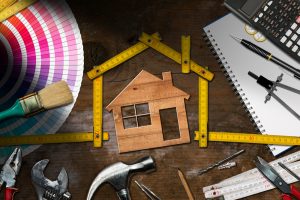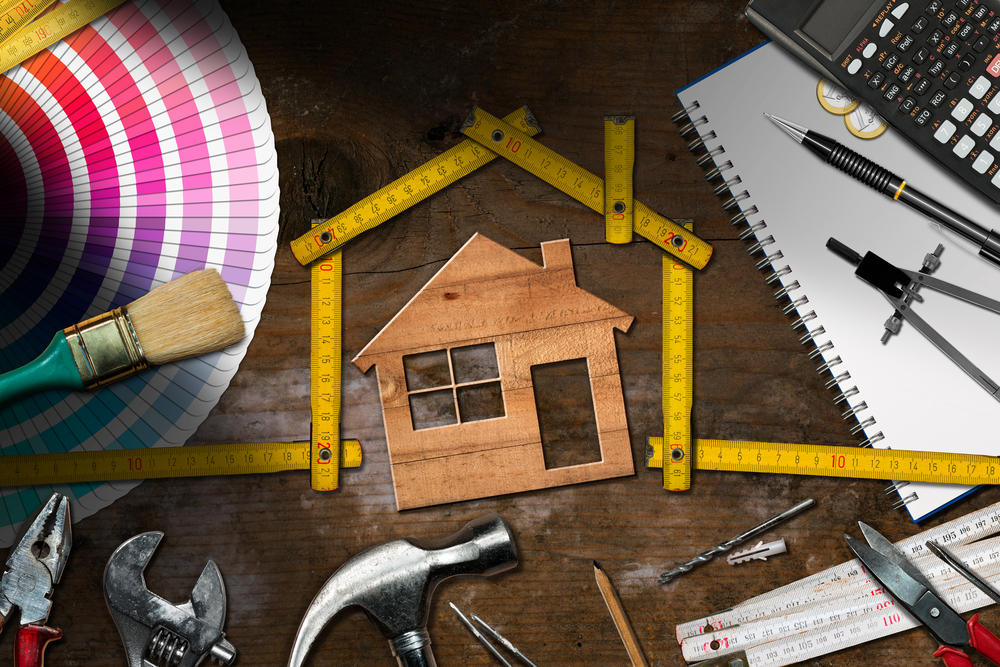Consolidating debt and paying for home improvements are just two of the uses for secured loans, also known as second charges mortgages. Paul Zammit explains how they work
 The rising cost of living is the hot topic of the moment. From soaring energy bills – with warnings that the price cap will be increased further in the coming months – to record high fuel costs and food prices.
The rising cost of living is the hot topic of the moment. From soaring energy bills – with warnings that the price cap will be increased further in the coming months – to record high fuel costs and food prices.
The rapid pace of these price increases has given us all pause for thought and many of us are searching for ways to lessen the blow to our finances.
Indeed, these price increases are likely to have affected the disposable income of us all in different ways – from restricting the amount that can be saved for home improvement projects or reducing the ability to cover unexpected bills.
It is particularly hard on those families who already have outstanding debts in the form of credit cards and personal loans.
Once lifestyle changes have been made, there may be other solutions available that can help, and the answer may lie in your home.
Consolidating debts into a single loan to make repayments more manageable or to reduce interest rates and the total cost of existing debts, can make money management far more straightforward and provide the additional buffer to absorb further increases in living costs.
Alternatively, a home improvement loan can help families to take on home improvement projects, before the costs of materials rises even further.
Making the most of my property to help with the cost-of-living rises
Property can be a useful asset for those looking to fund home improvements or consolidate existing debts.
Borrowing against a property is a secured form of credit, and so tends to come with lower rates of interest – as well as the choice of longer terms – than unsecured forms of borrowing. That means you can pay off those debts in manageable instalments over a period that suits you.
If you are coming to the end of your current mortgage deal, then remortgaging for a higher sum, and using that additional money to pay off your outstanding debts can work.
However, if you are in the middle of a fixed rate, for example, then this can be an expensive strategy. Remortgaging, at this point, will incur early repayment charges, which are calculated as a percentage of the outstanding loan, so can run into the thousands.
On top of that, you may also be sacrificing your existing interest rate for one which, given the handful of base rate hikes we’ve seen already over the last six months, is likely to be noticeably higher. That could translate into a sizeable jump in your monthly mortgage repayments.
In this instance, a useful alternative option may be a secured loan, also known as a second mortgage or a second charge mortgage.
What is a secured loan/second mortgage?
Secured loans work as a second mortgage, separate to your existing home mortgage. With a secured loan the amount you borrow is dependent on the equity you hold in the property and the percentage of the property value (loan to value) that the lender is willing to lend up to.
So, if your property is worth £200,000, the lender is willing to lend up to 80% of the property value (£160,000) and you have a £120,000 outstanding existing mortgage, then you may be able to borrow £40,000.
This is the difference between what the lender is willing to lend and the amount already borrowed on your existing mortgage.
The good news here is that, the favourable rates of house price growth that we’ve seen over the last couple of years, means that many homeowners will have built up equity in their properties, opening up a greater level of secured loan borrowing.
The secured loan itself works much like a regular mortgage, in that you select a mortgage term and then make monthly repayments towards what you’ve borrowed.
However, a useful factor to bear in mind is that with many secured loans you have a wider range of fixed and variable products which may not carry early repayment charges during their respective terms.
As a result, while you may have opted for a five-year fixed rate for stability, should your situation change within a couple of years you may be able pay the loan off without having to worry about early repayment charges.
How to find a suitable second mortgage/secured loan
Secured loans, or second charge mortgages, have become a far more significant part of the mortgage market in recent years as a result of regulatory changes which push mortgage brokers to consider them when they have a client who needs to raise funds.
However, they remain a specialist area of the mortgage market – not all brokers are entirely comfortable dealing with secured loans so you may wish to find a specialist broker in this area such as The Loans Engine.
[Editorial note: Please read the disclaimer below before considering a secured loan/second charge mortgage.
It is recommended, if you are considering a secured loan, you speak to an independent mortgage adviser to discuss your needs and find the right borrowing solution for you.]
Disclaimer: Think carefully before securing other debts against your home. Your home may be repossessed if you do not keep up repayments on a mortgage or any other debt secured on it. If you are thinking of consolidating existing borrowing you should be aware that you may be extending the terms of the debt and increasing the total amount you repay.
Paul Zammit is head of regulated mortgages for The Loans Engine.














